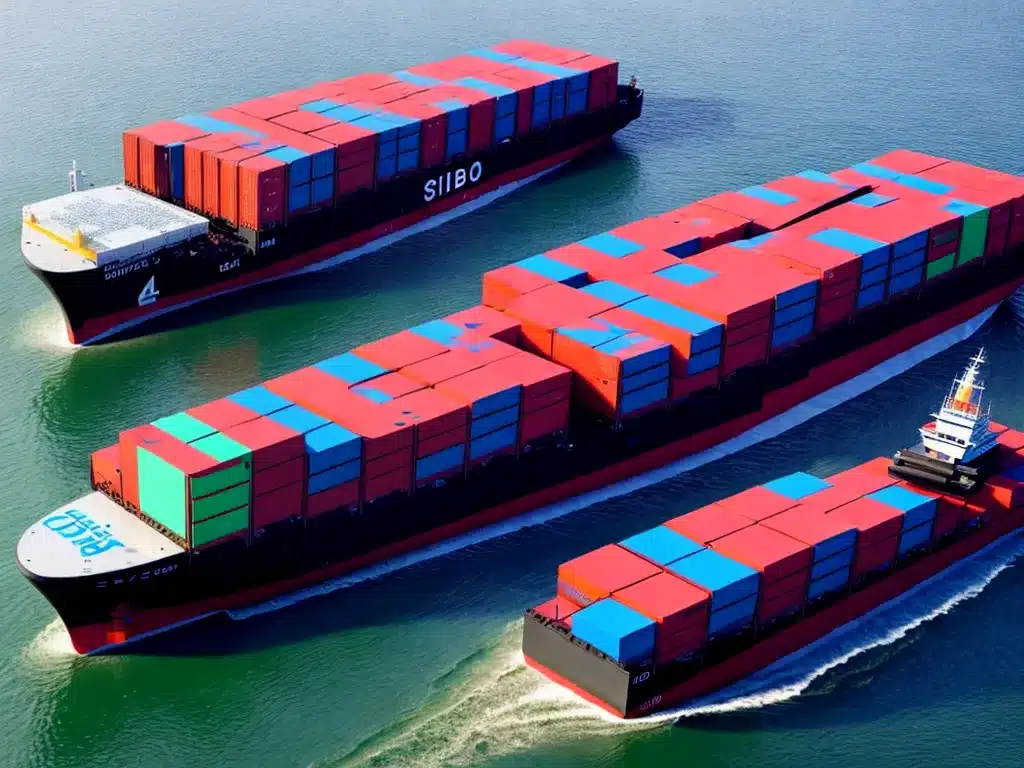
Will IoT Enable Autonomous Shipping by 2024?
Introduction
The maritime shipping industry is on the cusp of a major transformation driven by emerging technologies like the Internet of Things (IoT), artificial intelligence, and advanced sensors. There is a growing consensus that these technologies will enable varying levels of autonomous shipping over the next decade. In this article, I will analyze the key factors that will determine if fully autonomous ocean-going cargo ships become a reality by 2024.
Current State of Autonomous Shipping
While fully crewless ocean-going cargo ships are still a ways off, the maritime shipping industry has already made significant progress on autonomous technology. Some examples include:
-
Remote controlled ships – Ships that can be controlled remotely but still have minimal crew on board for oversight. Some examples are the Yara Birkeland container ship in Norway and various tugboats.
-
Partially autonomous ships – Ocean-going vessels with advanced automation that need very small crews. They can independently steer, navigate, manage on-board systems, and dock under captain oversight.
-
Autonomous short-sea shipping – Fully autonomous smaller vessels for inland waterways and short routes near the coast. Examples include autonomous barges and ferries already in operation.
So the technology for fully autonomous ocean crossing cargo ships exists, but ongoing testing, legislation, and infrastructure upgrades are needed before widespread adoption.
Key Factors That Will Determine Readiness
Here are some of the most crucial factors that will decide if autonomous cargo ships become a reality by 2024:
Maturity of Autonomous Technology
While AI and sensors have improved enormously, more testing in open waters is needed. Situation handling, especially emergencies, remains a challenge. Complex upgrades to integrate systems are also required. The technology may be ready by 2024, but adoption depends on shipping companies feeling that autonomous systems are safe, reliable, and offer a return on investment.
Development of Regulation and Legislation
The International Maritime Organization has started work on global standards for autonomous ships. However, complex regulation and insurance protocols need development for approval and implementation. Progress by 2024 depends on governments providing clear legal frameworks and liability rules for autonomous shipping.
Upgradation of Communications Infrastructure
Autonomous ships will need continuous, reliable high-bandwidth satellite communications for safe functioning. While ships already rely heavily on satellite links, network capacity and coverage will need significant improvement to enable monitoring and control of unmanned ships by onshore centers. Network upgrades going according to schedule will be vital for 2024 adoption.
Port Infrastructure Readiness
Major ports will require drastic upgrades in loading/unloading automation, sensor systems, and control centers to service autonomous ships. Large investments and technology integrations will be needed. Ports require at least 3-4 years from approval to upgrade, so readiness by 2024 will be contingent on immediate investment and planning.
Crew Training and Restructuring
Autonomous ships will need small specialized crews of troubleshooters, engineers, IT experts etc instead of traditional crews. Retraining current crews and officers for these new roles and upskilling maritime schools will need to start immediately for readiness by 2024.
Challenges to Overcome
Some key challenges that need to be addressed:
-
Cybersecurity – Protecting autonomous ships from hacking and sabotage will require new safeguards and redundancy.
-
Bad Weather Handling – Smart navigation in rough seas and low visibility remains difficult.
-
Social Acceptance – The shipping industry will need to convince stakeholders like crews, unions and the public that autonomous ships are safe.
Conclusion
Fully autonomous ocean-going cargo ships hold great promise. They could transform the economics and safety of maritime shipping. However, for 2024 to be a realistic adoption timeline, huge progress will need to be made in the next 1-2 years on regulation, infrastructure upgrades and social acceptance. A more likely scenario is smaller restricted-area autonomous shipping by 2024, with crewless ocean crossing ships closer to 2030. But with sustained effort from regulators, ports, ship owners and technology firms, we may yet see the dawn of unmanned cargo armadas by the middle of this decade.












